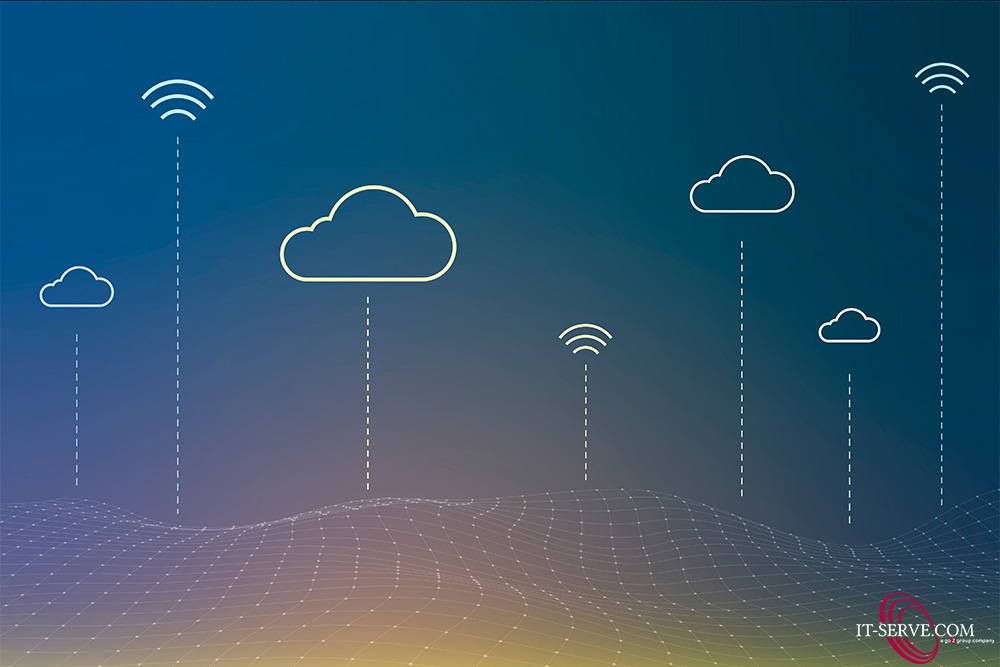
Employee wellbeing, indoor climate, office wellness… Whatever you call it, it’s not only important but crucial to the productivity of any workspace. Air quality, and CO2 in particular, has been a hot topic for a few years now, mainly due to its relation to climate change and government policy. Leaving this aside, controlling and monitoring indoor levels of CO2 in a building is important for everyone considering safety, health and even energy efficiency. Here are 5 reasons why you should be measuring the CO2 levels in your office.
What is CO2?
CO2 is short for Carbon Dioxide, and it’s actually a natural and harmless gas in small quantities, but as levels rise it can be dangerous to your health. Most commonly produced by the air we exhale, CO2 levels will be highest where there is less ventilation. CO2 concentrations are primarily driven by a combination of outdoor CO2, indoor breathing and the ventilation rate of your building. As buildings become more energy efficient and airtight, we, unfortunately, have less fresh air. Many of the ventilation systems used today recycle air to conserve energy, essentially moving the contaminated air around rather than taking in new air. This results in high CO2concentrations and poor Indoor Air Quality.
CO2 can decrease productivity
Elevated levels of carbon dioxide in an office or classroom, are found to increase headaches, drowsiness and the overall number of sick-days. The more CO2 the harder it becomes to utilize information and perform basic tasks.
CO2 can increase quickly in poorly ventilated rooms
Levels of CO2 can increase very rapidly in a poorly ventilated office. As an example, in a 3.5 x 4 meter sized office with one person, CO2 levels can double in just 45 minutes, if ventilation stops.
Elevated CO2 levels directly affect human cognition
According to a study from ‘Harvard School of Public Health’ it was found that carbon dioxide has a direct, negative effect on human decision-making and cognition. These impacts were observed at CO2 levels that most people and their children are frequently exposed to nowadays inside classrooms, offices and homes.
CO2 can kill you
Outside air usually has a CO2 concentration of about 400 ppm and a human breath contains about 30,000 ppm. Carbon dioxide concentrations of more than 20,000 ppm can cause panting. Concentrations above 100,000 ppm of CO2 will cause loss of consciousness and tremors. Values greater than 250,000 ppm have the potential to lead to death. Carbon dioxide could be hazardous in one of two ways: by displacing oxygen in the bloodstream or when acting as a toxin.
Monitoring CO2 for energy efficiency
Over the last few years a number of HR- and Facility Managers are turning towards monitoring carbon dioxide since AC units are often automatically set to an air intake under the assumption of maximum office occupancy rate. This applies equally to offices, rooms and classrooms. Occupancy is however somewhat unpredictable, thus leading to energy inefficiencies through over-ventilation. Monitoring carbon dioxide levels and automating ventilation to intake air at previously predefined CO2 levels of, let’s say 800 ppm, will lead to ventilation only when actually needed. A recent study found that measuring CO2 can save a company up to 80% on energy costs compared to a fixed ventilation strategy.
If you’re keen to improve the overall wellbeing of your team, by monitoring the CO2 levels as well as noise, temperature and humidity, a small device like ActiWell is just what you need!
Want to know more? Click the below button.




















